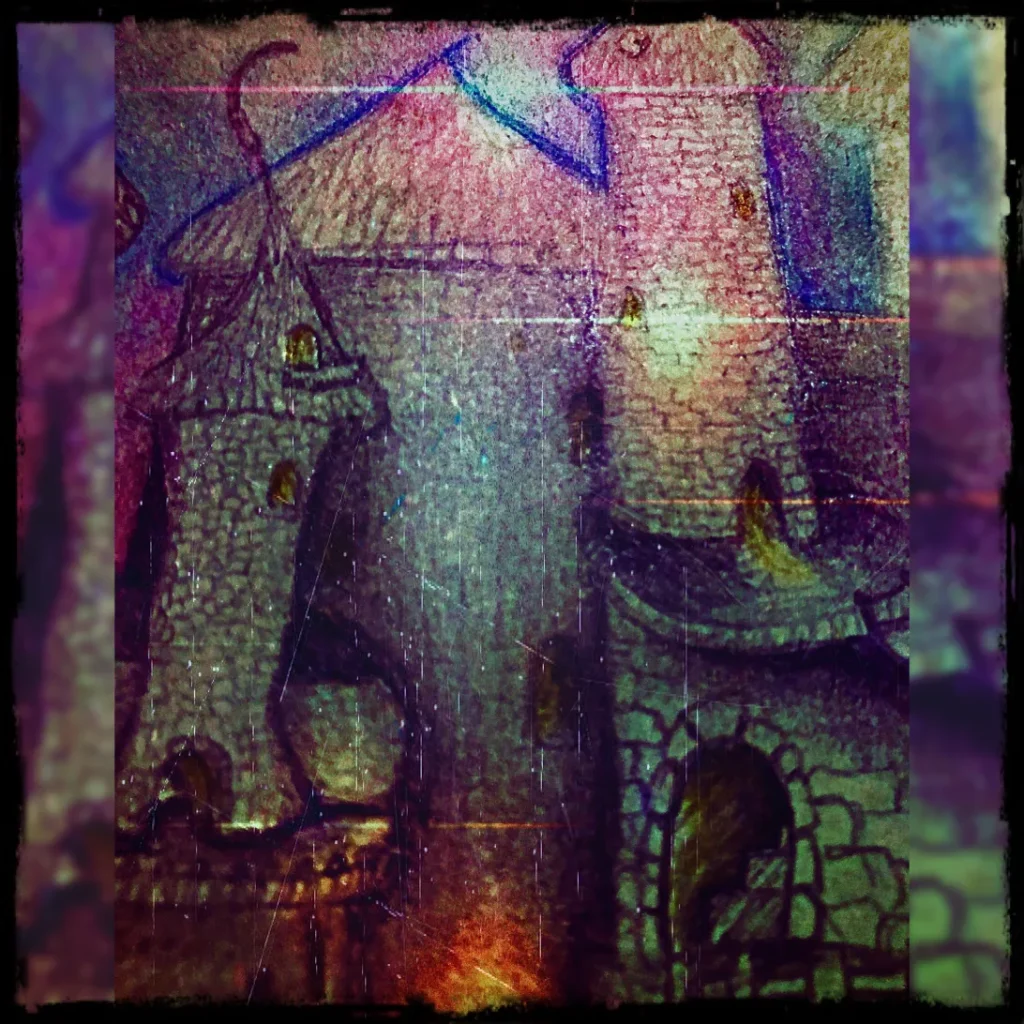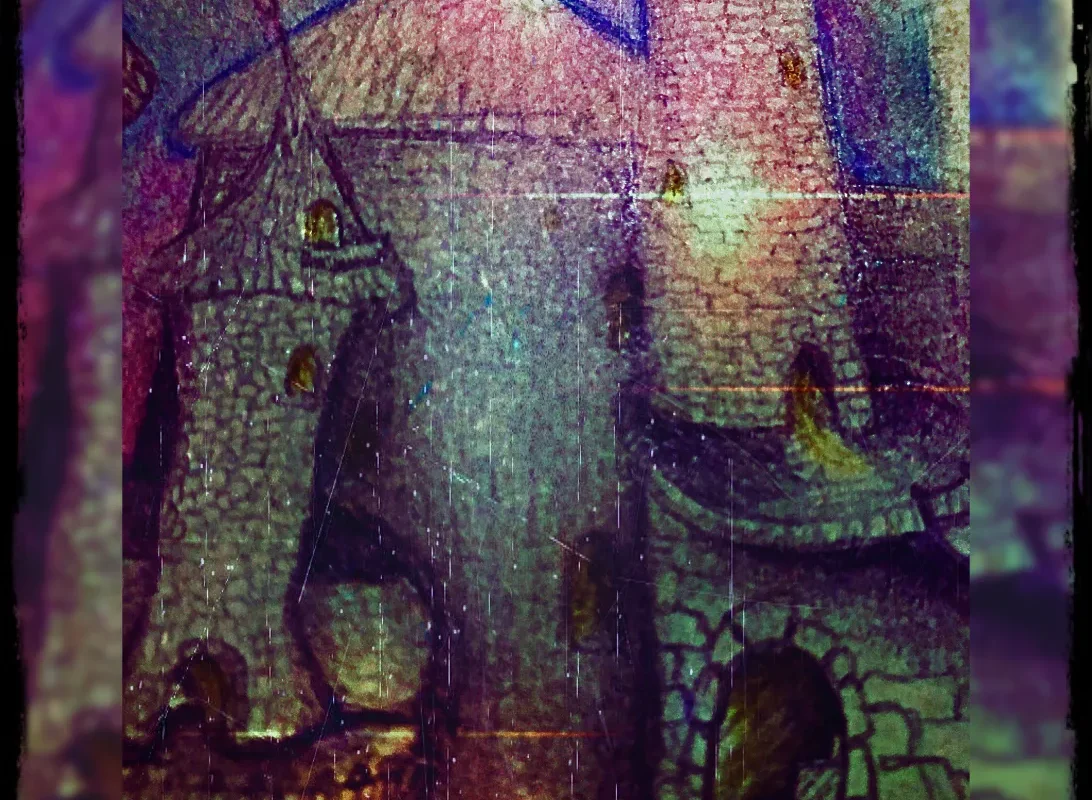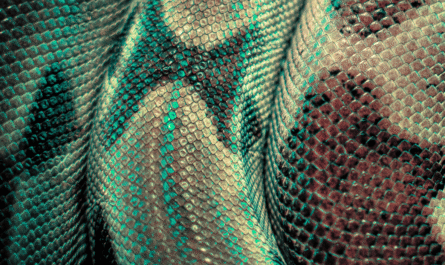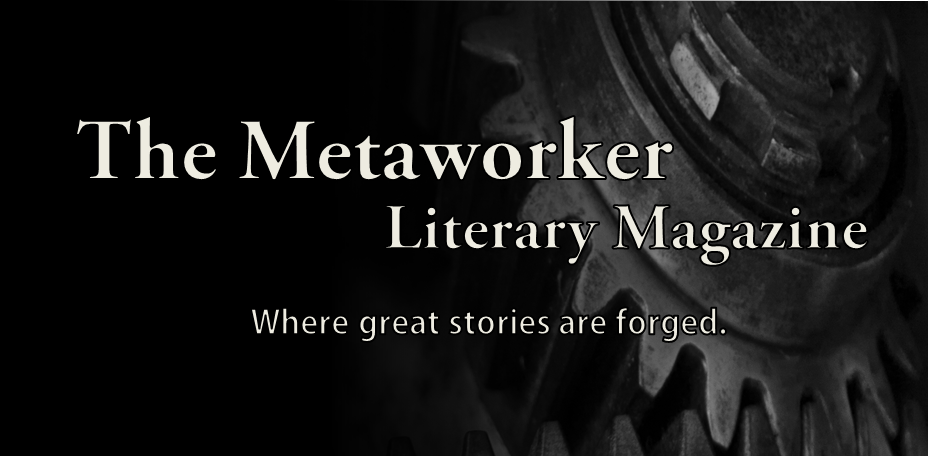Featuring original art by Cerid Jones
Alone, he paces from room to room,
each room a cabinet of memories,
a diorama of another life.
The clock ticks.
On the balcony the shadow creeps
across the sundial’s face. Its finger marks
the regular march of planetary
indifference. Although, it seems to him
it circles with a slightly different slant,
the quality of light is subtly changed,
from when he was a boy,
if only he could put his finger on the way.
The memories still linger,
though there is little left of them that hasn’t
submitted to the strange sea change of time
in the dim oceans of his memory.
The tower’s windows face in all directions,
admitting glimpses of a distant landscape
of towers of rock and endless plains of salt,
like vignettes in an old Italian painting
of which he is the subject.
Those old Renaissance painters always put
the humans in the centre. Humanists. But
would not the nature of his predicament seem
to erode the significance of subject and backdrop,
foreground, background? Is he any more
important than these rocks, this lifeless plain?
The sun and stars look upon all with the same
indifference: upon his solitude,
upon the rocks and plain. They do not
discriminate. But, perhaps,
he is the centre of the picture that
his own mind composes, frame by frame,
of ultimate significance to himself
alone, because he is alone.
He looks for confirmation to the past.
The colours come to him through frosted glass.
An eighteenth-century lady on a swing
in a rococo leafy bower. Watteau. No,
these memories are not his own.
But it is the nature of his predicament
to be burdened with the memory of culture.
No one else remains to remember.
His memories only partly his, in him
autobiography and history
interpenetrate,
like figures in a surrealist painting.
He is the living vessel of his race,
a doomed archive,
a library of which he is librarian
and sole patron.
All life become a recurring dream,
a dominant theme, recurring
through endless variations of the same.
He curses the demon that consigned him to this
glorious phylogenesis of loss. But really,
if such a demon visited him at night,
he would welcome the company.
He’d ply it with brandy, or chardonnay,
impose upon it for a game of chess.
Ah yes, he remembers now.
In one of the rooms there is a little niche
or alcove in which two figures sit,
a chessboard between them. The pieces are of glass,
elegant figures in a frozen ballet,
a dancing constellation of amorphous shapes,
abstracted, twisted, towers and minarets,
stilly spinning pirouettes.
This memory might be partly his own,
partly an image from A Winter’s Tale.
The players are shadows and united in
a shadowy intimacy,
placeholders for his forgetfulness,
portrait silhouettes of loss.
He sees the shadow where love used to be.
The aching of the absence of a thing
is his only means of remembering
the thing itself. And oh
the irony of how
the weight of his responsibility
has turned him into something other,
less and more,
than human.
The very burden of the world he bears
upon his stooped, Atlantean back,
on this last promontory of history,
transmutes his mind into a living sculpture,
a tower whose rooms are ever shifting,
their statues, paintings, tapestries and pillars,
forever mingling and changing places
in a dancing metamorphosis.
He is the alchemist of this decay,
the wizard in this labyrinth’s hidden heart.
He paces from room to room, he plays his part,
sole player and spectator in the play:
Retrogenesis of the Human Race.
Another room is peopled by the busts
of great men. But over the years
he has seen their expressions change
from despair to dignity to wry
amusement to madcap hilarity,
so that they now seem aware
of the absurdity of being there.
He wonders, when he dies,
how long will his atoms remember him,
how long his rotting clay preserve some shape,
some hieroglyph, some cipher of himself,
braille for some blind God to run his hand
across, unriddle the memory of the man?
And for how long will the tower stand,
attesting to the work of human hands?
Or will the tower crumble with his dust?
And what will the universe think,
what will the endless plains of salt,
the towers of rock, what will they think?
Will they whisper among themselves?
Will the stars attend his funeral,
clad in the mourning costume of the cosmic void?
And will the priestly moon preside,
deliver a moving but rather chilly,
rather coldly illuminating sermon?
The universe in its mindless omniscience
records it all in characters that fade
as soon as made, that are identical
to that which they notate,
erasing the divide
between signifier and signified.
He is becoming like the universe,
all-knowing in his forgetfulness,
knowing, remembering, forgetting nothing,
and as he slowly goes insane,
pierces the illusions of sanity
and humanity:
A spectacle of glass, a play, a ballet.
A pair of human-tinted spectacles.
A cosmically absurd self-centredness.
A tower erected on a barren plain.
A querulous demand that the universe
acknowledge him its firstborn, favoured son.
An old man raving in the storm.
An animal, riven by self-consciousness.
A water boatman
on the meniscus of nothingness.
A skiff sailing on the eddies and rivers
of nothingness.
A talking head, petrified, jabbering
metaphysical nothings to the void.
He, his cold bust,
will inherit
nothingness, but his dust
will inherit
the universe.
Taliesin Gore leads a furtive and nocturnal existence in a shed in Dorset, England. His poetry and fiction has appeared or is upcoming in BFS Horizons, Bleed Error, Illumen, Dream Catcher, The Dawntreader, Tales from the Moonlit Path and Horla. He has also been a finalist in Omnidawn’s Fabulist Fiction Contest (twice). When not writing, he works as a freelance proofreader and editor.
Image Credit: original art by Cerid Jones
Cerid’s artistic career is a cabinet of curiosities. A Learning Connexion graduate (Hons. Dip) she has been a practicing artist for over 15 years. Her art often deals with esoteric themes and is firmly rooted in visual storytelling. Constantly exploring styles and materials, her aim is to discover what feels right for the tale the art wants to tell. Her more recent gallery works are large scale mixed-media paintings or glimpses into nature inspired folk-tale worlds captured in felt/textiles. She also enjoys working with authors in illustration design, combining traditional techniques with digital mediums. www.facebook.com/ceridjonescreative @ceridscuriositiescabinet (instagram) Curiouscerid.com





